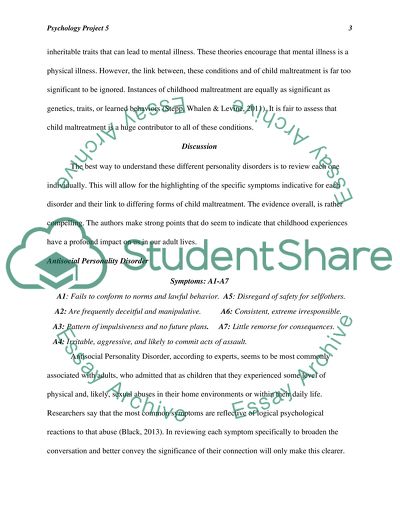Cite this document
(“Psyc Project 5 Research Paper Example | Topics and Well Written Essays - 1250 words”, n.d.)
Retrieved from https://studentshare.org/psychology/1485914-psyc-project
Retrieved from https://studentshare.org/psychology/1485914-psyc-project
(Psyc Project 5 Research Paper Example | Topics and Well Written Essays - 1250 Words)
https://studentshare.org/psychology/1485914-psyc-project.
https://studentshare.org/psychology/1485914-psyc-project.
“Psyc Project 5 Research Paper Example | Topics and Well Written Essays - 1250 Words”, n.d. https://studentshare.org/psychology/1485914-psyc-project.


